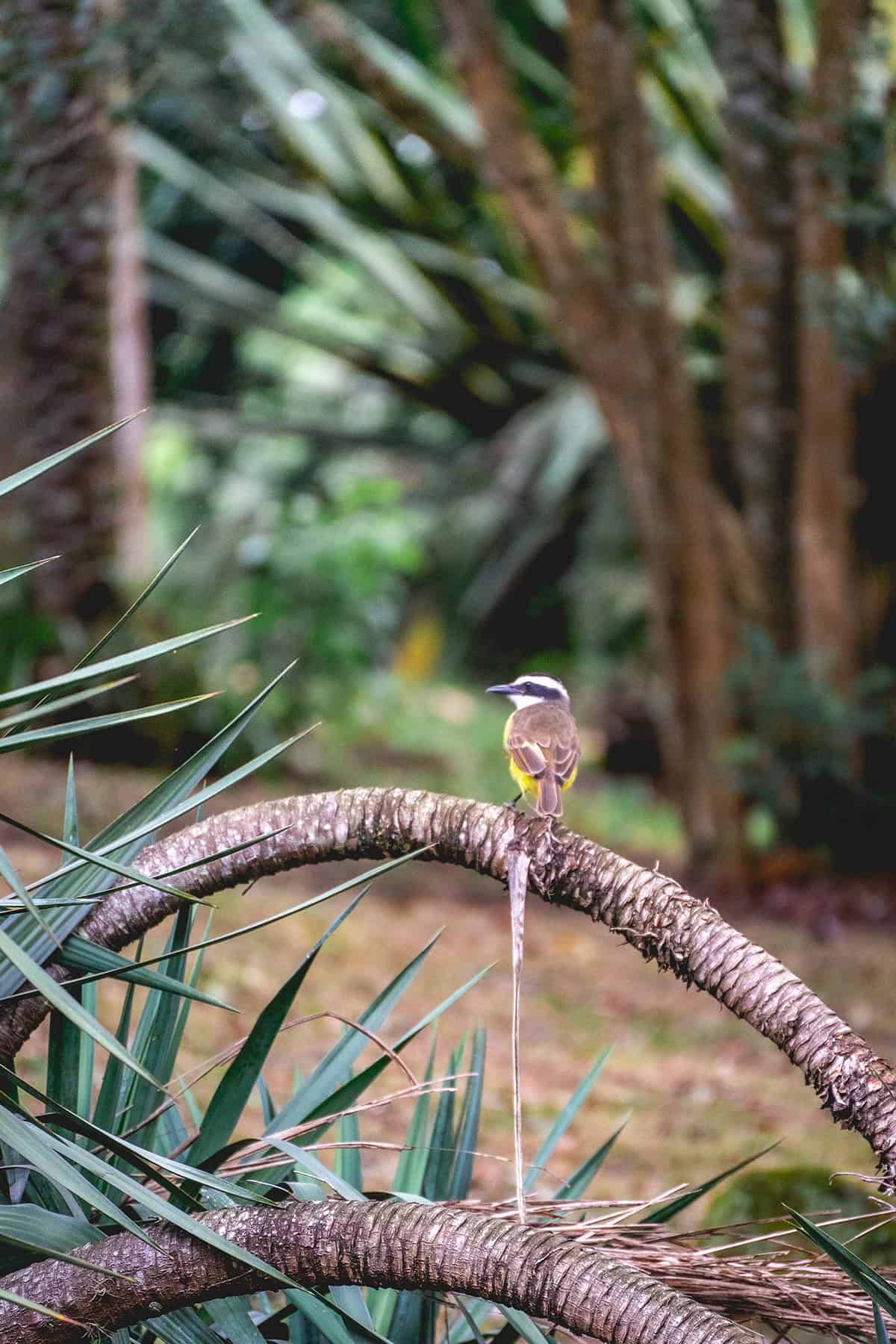You’re sipping your morning coffee on the porch when you notice a flash of iridescent color—a hummingbird darting through your yard. You wish you could see these tiny visitors more often. Attracting hummingbirds to your yard is easier than you think and can turn your garden into a vibrant, lively haven. In this article, we’ll learn how to create an inviting environment for these fascinating birds.
Table of Contents
Benefits of Hummingbirds In the Garden
Hummingbirds bring numerous advantages to your garden, including enhancing pollination, controlling pests, attracting other wildlife, and adding to the beauty and enjoyment of your outdoor space.
Pollination

Hummingbirds play an essential role in pollination. Their ability to hover allows them to feed on nectar from flowers. As they feed, they transfer pollen from one flower to another. This helps fertilize the plants.
You can see them visiting a variety of flowers, especially those that are red, orange, or pink and tubular in shape. Plants like trumpet vine and columbine are especially attractive to hummingbirds. These birds help ensure that your garden remains vibrant and lush.
Pest Control
Hummingbirds are also effective at pest control. They consume insects and spiders, which are crucial protein sources, especially during the breeding season. This helps reduce the population of harmful pests in your garden.
Providing plants that attract insects, such as yarrows or milkweeds, can be beneficial. This contributes to a balanced ecosystem, keeping your garden healthy and thriving without the need for chemical pesticides.
Attracting Other Wildlife
By creating a hummingbird-friendly garden, you also attract other wildlife. The presence of flowers, plants, and insects can invite various bird species, butterflies, and bees. This improves biodiversity in your garden.
Ruby-throated Hummingbirds are often seen in eastern North America. Their presence can indicate a healthy, flourishing environment. This adds to the richness and variety of your garden’s habitats.
Beauty and Enjoyment

Hummingbirds are known for their iridescent plumage and unique flying abilities. Watching them hover, fly backward, or even upside down can be mesmerizing. They add dynamic movement and vibrant colors to your garden.
Setting up feeders and growing plants liked by hummingbirds can turn your yard into a lively, buzzing oasis. This brings joy and relaxation, making your outdoor space more enjoyable and serene.
Choosing the Right Plants To Attract Hummingbirds

Choosing the right plants is crucial to attract hummingbirds to your yard. These birds are highly attracted to bright, tubular flowers which provide high nectar content.
Consider planting trumpet vine. Its vibrant red and orange flowers are a favorite among hummingbirds.
Another option is columbine. This plant blooms early in the season and offers nectar that hummingbirds love.
Milkweeds also attract hummingbirds. These plants not only provide nectar but also attract insects that birds eat.
Yarrow is another excellent choice. Its clustered flowers attract small insects, which are an important part of a hummingbird’s diet.
For diversity, add bee balm. Its bright red, pink, and purple flowers last through the summer.
Use these plants to create a hummingbird-friendly garden. Grouping plants together can enhance the attraction. This setup allows for easy access to multiple food sources.
Regular maintenance of your garden is important. Keep your plants healthy and vibrant to ensure hummingbirds keep coming back.
By selecting a variety of plants, you provide a continuous source of food throughout the season. This variety increases the chances of attracting hummingbirds to your yard.
Encouraging Hummingbirds in Your Garden
Designing a hummingbird-friendly garden involves creating the right layout, providing feeders, ensuring water sources, and avoiding harmful chemicals. By focusing on these areas, you’ll create a haven for hummingbirds to thrive.
Designing Your Garden Layout and Create Shelters

Start by planting native flowering plants. Hummingbirds are drawn to bright colors like red, orange, and pink. Trumpet vine, columbine, and bee balm are excellent choices. These plants provide nectar and attract the insects that hummingbirds eat.
Create layered plantings. Place taller plants at the back and shorter ones in the front. This layout mimics their natural habitat. Offer plenty of perches. Small trees and shrubs will give hummingbirds places to rest and hide from predators. Dense foliage areas can serve as natural shelters.
Provide Feeders
Feeders are essential for a constant food supply. Use feeders with red accents to attract hummingbirds. Avoid feeders with yellow parts, as they can attract bees. A simple sugar-water mix works best. Combine one part sugar with four parts water. Boil the solution, then let it cool before filling the feeder.
Clean feeders regularly. Every few days during the summer, to prevent mold and bacteria that can harm hummingbirds. Use a white vinegar and water solution for cleaning. Place feeders near flowers. This will create feeding hotspots that hummingbirds will frequent.
Providing Water Sources

Hummingbirds need water for drinking and bathing. Misters and shallow birdbaths work well. A mister attached to a tree branch can provide fine droplets that hummingbirds love. Shallow birdbaths, around 1-2 inches deep, are ideal.
Add smooth stones to the birdbath. This gives the hummingbirds a place to perch while they bathe. Change the water regularly. Fresh water will attract more hummingbirds and keep the area clean. Position water sources near nectar-rich plants for convenience.
Avoid Pesticides
Pesticides can harm hummingbirds. They feed on insects that might have pesticide residues. Avoid using chemical pesticides in your garden. Opt for natural pest control methods. Encourage beneficial insects like ladybugs that keep pest populations in check.
Companion planting can help. Certain plants repel pests naturally, such as marigolds or basil. Regularly inspect plants and remove pests by hand. Use natural sprays made from soap and water for minor infestations. Keep your garden eco-friendly to safeguard these delicate birds.






